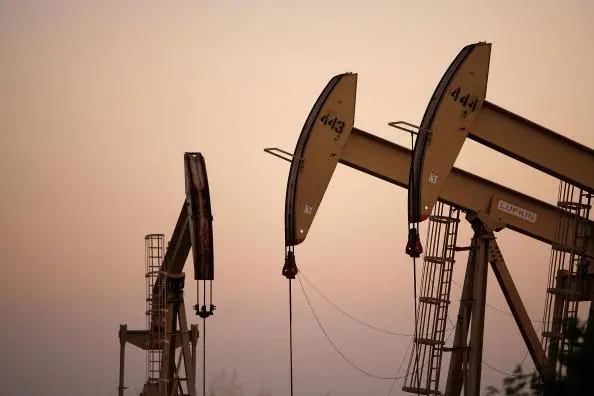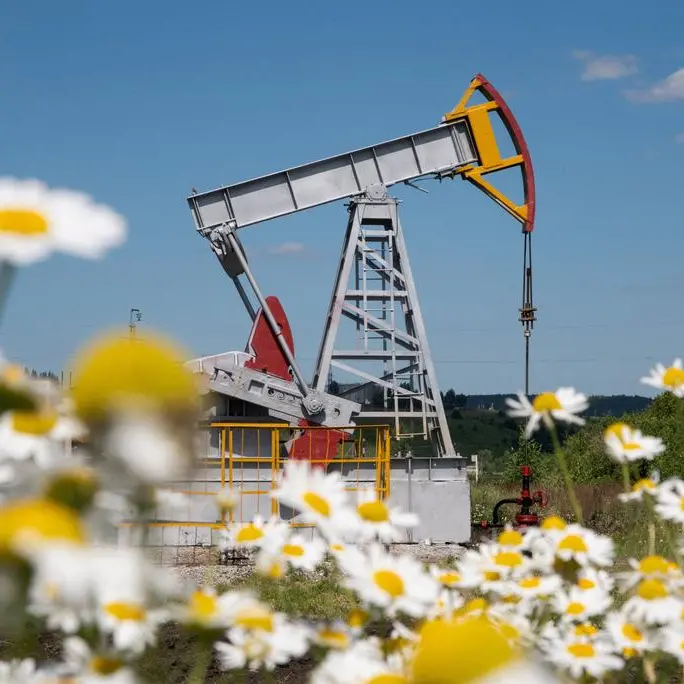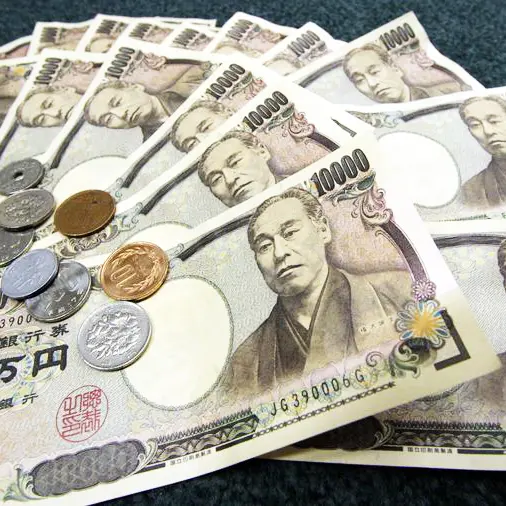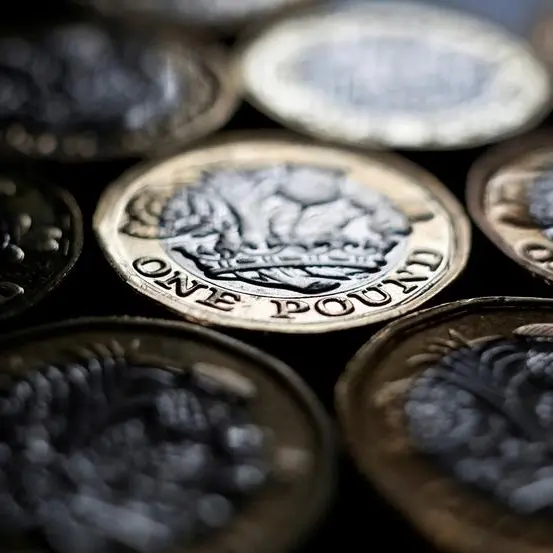PHOTO
(John Kemp is a Reuters market analyst. The views expressed are his own)
LONDON - Hedge funds are becoming increasingly bullish on the outlook for oil prices, anticipating that early deployment of coronavirus vaccines will allow a rapid resumption of more normal travel patterns.
Ultra-loose fiscal and monetary policies are also expected to promote a progressive recovery from the massive cyclical downturn in business activity experienced in 2020, giving a big boost to petroleum consumption.
Global petroleum inventories have already been drawing down, and OPEC and its partners are expected to continue restricting output, ensuring stocks return to the five-year average by the middle of 2021.
As a result, portfolio managers have become more bullish towards oil prices than at any time since the end of August, before the arrival of the epidemic's second wave.
Hedge funds and other money managers purchased the equivalent of 78 million barrels in the six most important petroleum futures and options contracts in the week ending Nov. 24.
Purchases in the three most recent weeks totalled 260 million barrels, according to position records published by ICE Futures Europe and the U.S. Commodity Futures Trading Commission.
Fund managers held a net long position equivalent to 617 million barrels on Nov. 24, the most bullish since Aug. 25, and in the 72nd percentile for all weeks since the start of 2013.
The first week of the three-week rally was dominated by short covering, as news of successful vaccine trials dispelled some of the pessimism about the economy and oil consumption.
The two subsequent weeks have seen a shift to building new bullish long positions as confidence in vaccines and a rebound in international passenger aviation becomes more entrenched.
Last week's buying was concentrated in Brent (+37 million barrels) and NYMEX and ICE WTI (+33 million) with minor purchases in European gasoil (+6 million), U.S. gasoline (+1 million) and U.S. diesel (+1 million).
Funds are focusing on crude rather than products, reflecting an assumption that OPEC+ and U.S. shale firms will continue to restrict crude output but that refinery capacity will remain plentiful.
Net positions in both crude (56th percentile) and refined products (51st percentile) have moved into the top half of the post-2013 distribution, pointing to cautious optimism.
There was still scope for portfolio managers to increase their bullish positioning significantly in the event of a strong signal about economic recovery.
Benchmark oil futures prices and calendar spreads have continued to rise since Nov. 24, likely reflecting further fund buying.
From a positioning perspective, the balance of risks around crude prices appears broadly neutral, with risks related to a slow emergence from recession and output increases matched by the dwindling level of inventories.
John Kemp
(Editing by Edmund Blair) ((john.kemp@thomsonreuters.com))





















